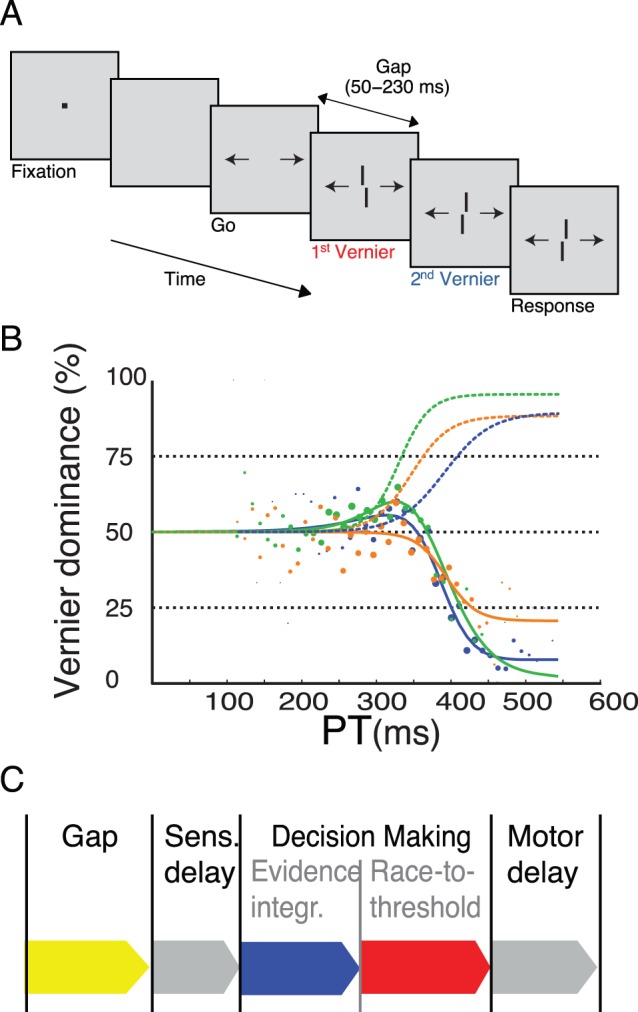Figure 3. Compelled two-vernier stimulus response paradigm.

A. The first vernier was presented for 80 ms followed by a second vernier with the opposite offset direction than the first vernier. The second vernier was presented until the end of the response period. B. For three observers, data are shown as percent dominance, i.e., the percentage of responses in accordance with the first vernier. Hence, when the first vernier dominates performance, dominance is above 50%; if the second vernier dominates dominance is below 50%. Dashed curves denote performance in the vernier only condition for the three observers (same as in Fig. 2B). The solid lines show performance in the two-vernier condition. The second vernier dominates strongly. C. A two stage model in which evidence is integrated first in a slow visual buffer and then fed into a fast race-to-threshold process. In one stimulus paradigms, the evidence integration is “invisible” because it is subsumed in the flat part of the tachometric function and, thus, confused with sensory and motor delays.
